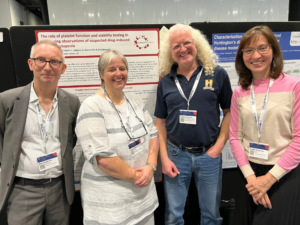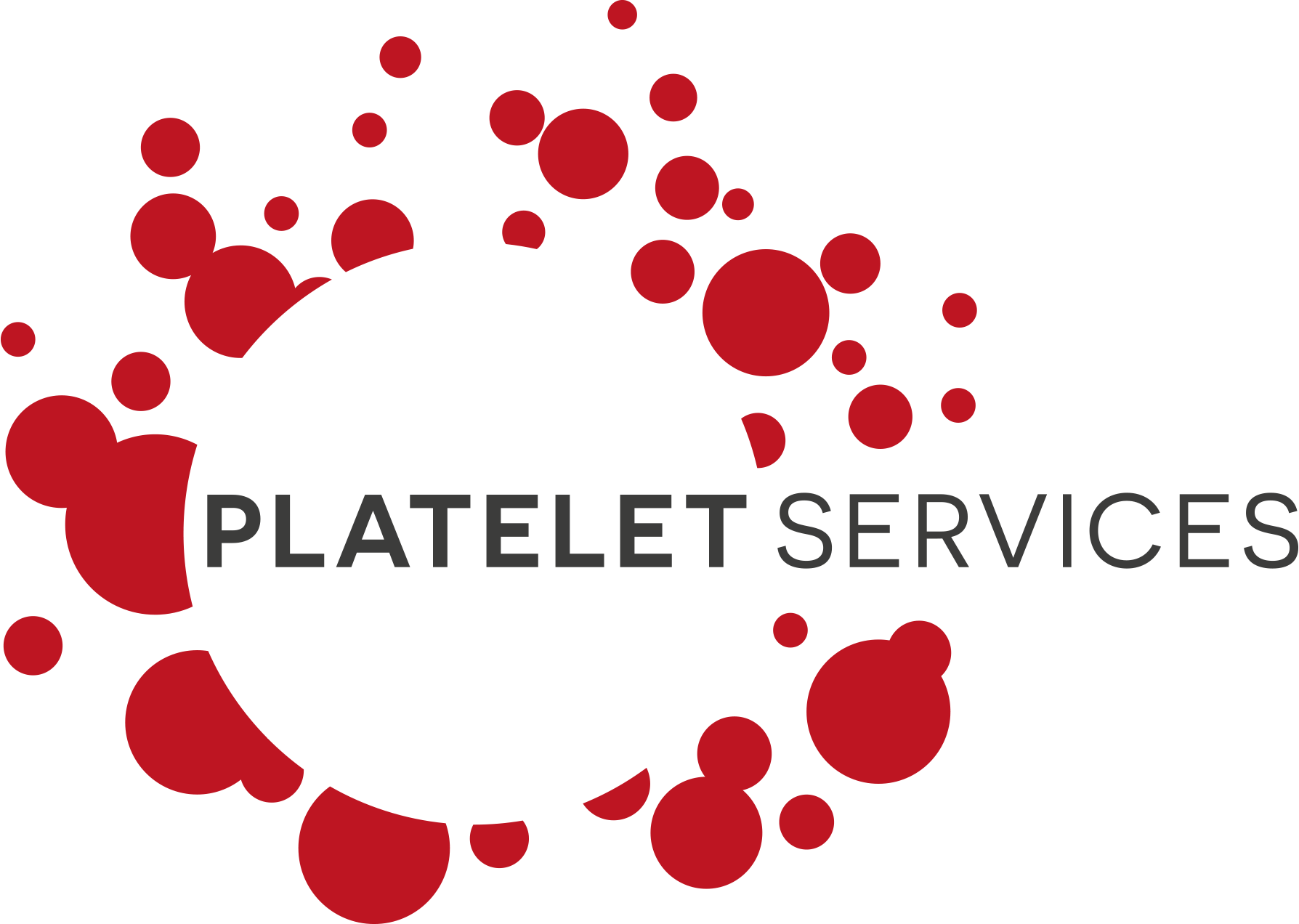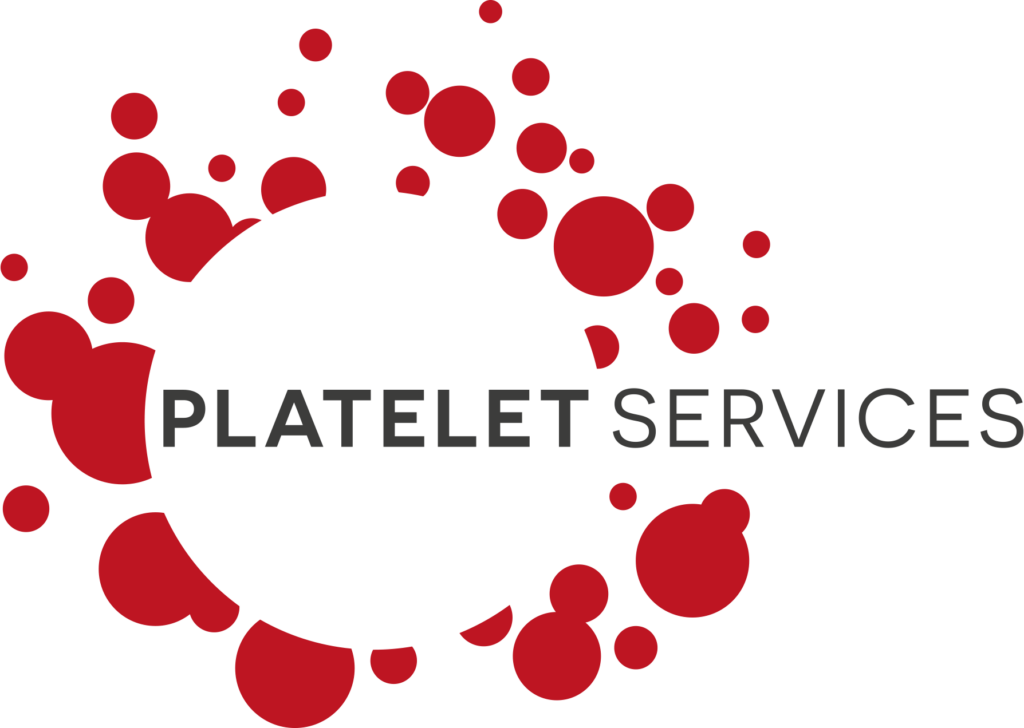“There’s more than one way to catch a rabbit” is a phrase brought to mind after 2 days at the ELRIG meeting in London last week.

Platelet Services presented a poster featuring our progress in establishing a 96-well format platelet viability assay. Validation of the assay used a range of pro-apoptotic BCL inhibitors, confirming the reduced impact on platelet viability through selectively targeting BCL-2 rather than non-selectively targeting BCL family members, such as BCL-XL, an attractive anti-tumour target, inhibition of which is, unfortunately, associated with dose-limiting thrombocytopenia.
The meeting also featured a number of presentations, posters, and exhibitors covering PROTAC (Proteolysis Targeting Chimeras) technology, as a means to access targets previously considered “undruggable” and to achieve cellular selectivity based on differences in expression of proteolytic enzymes. This reminded us that the PROTAC approach offers the potential to address the direct on-target platelet toxicity associated with classical BCL-XL inhibitors by harnessing a ligase (VHL E3), which is present at lower levels in platelets than in tumour cells1.
Whether the approach taken to address thrombocytopenia is one of pursuing “traditional” selectivity (e.g., targeting BCL-2 versus BCL-XL) or alternative means, such as PROTAC, to reduce on-target toxicity in platelets, platelet viability assays have an important role in profiling potential new therapies in oncology and other therapy areas.
To view our poster, click here, and to find out more about our services and assays, click here.

